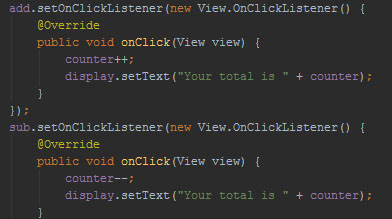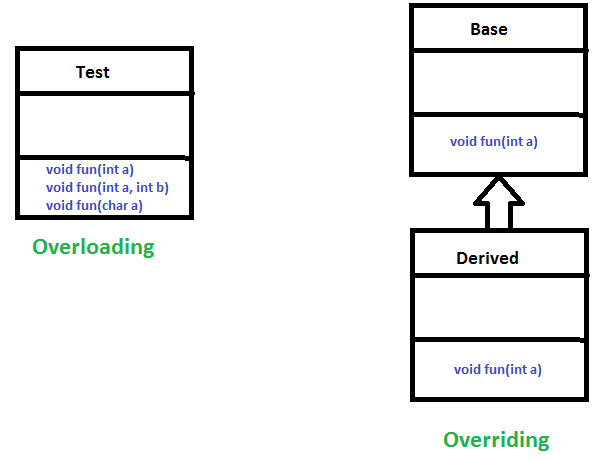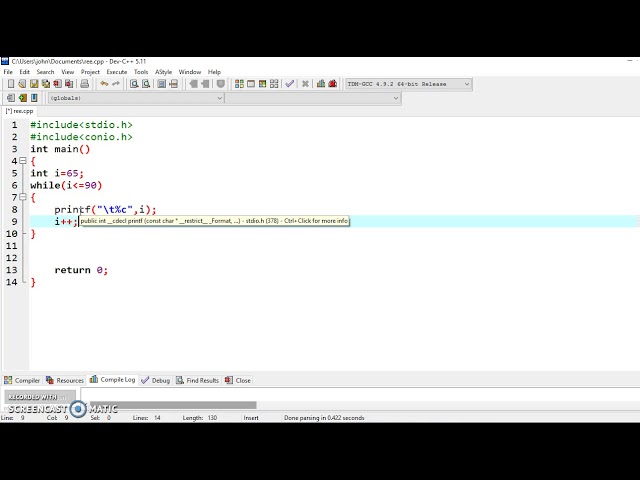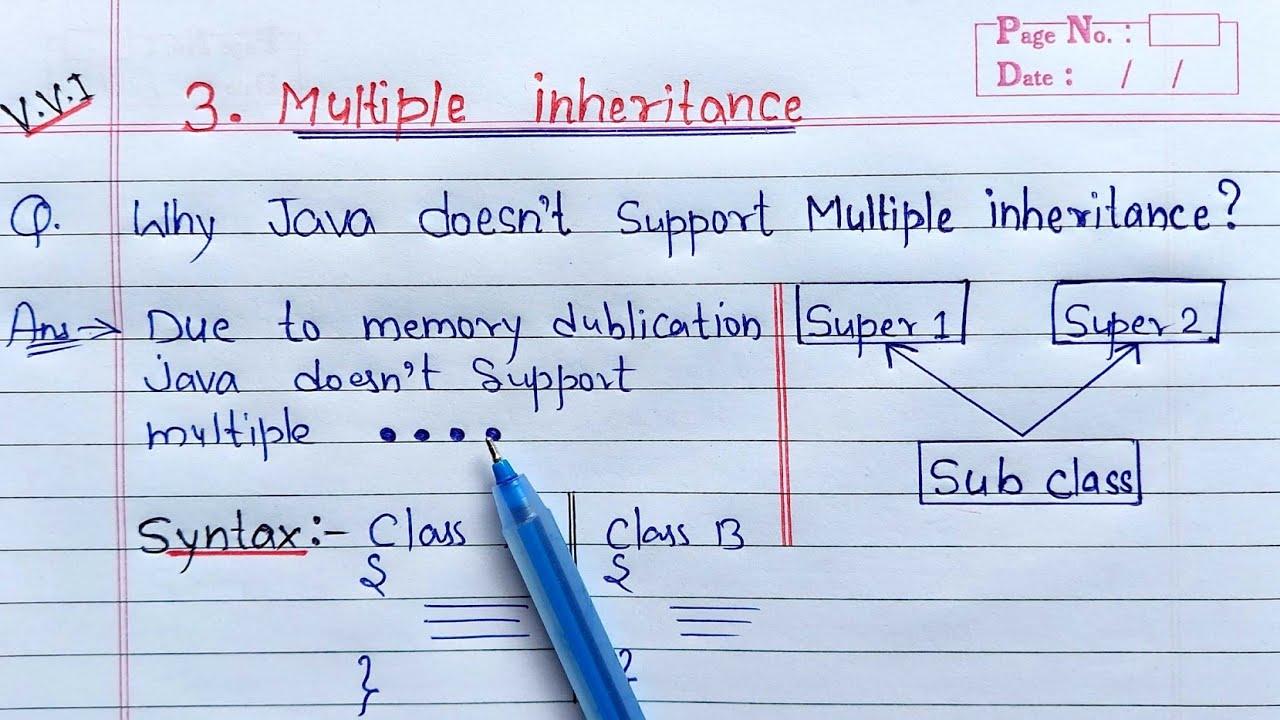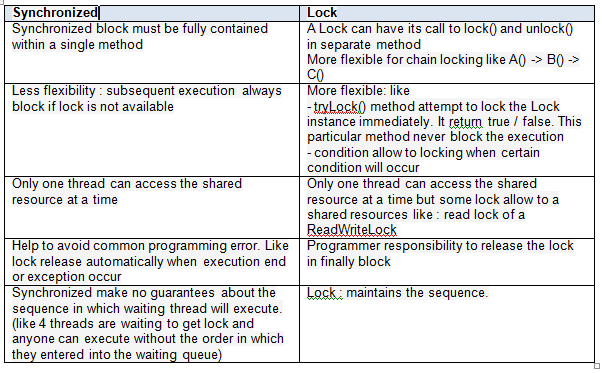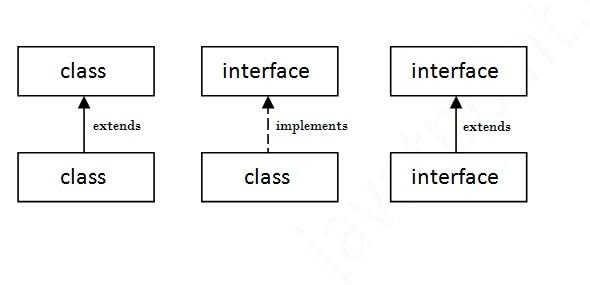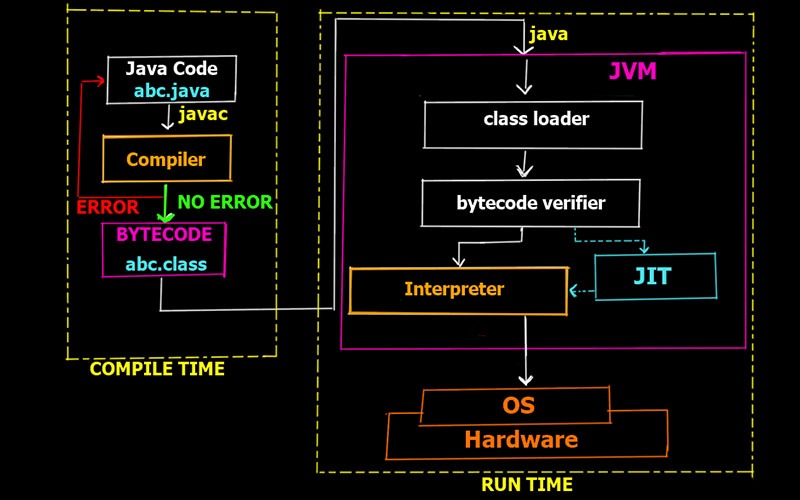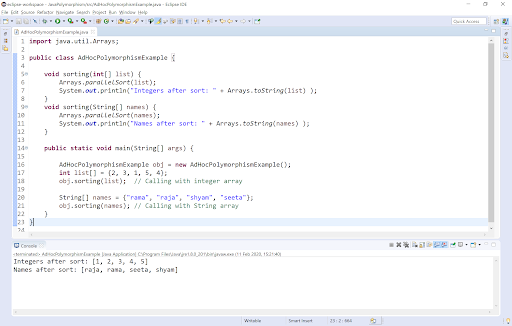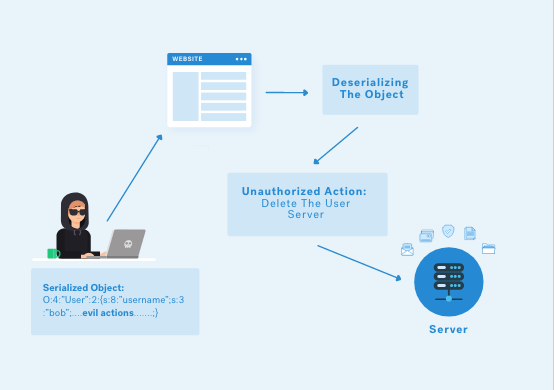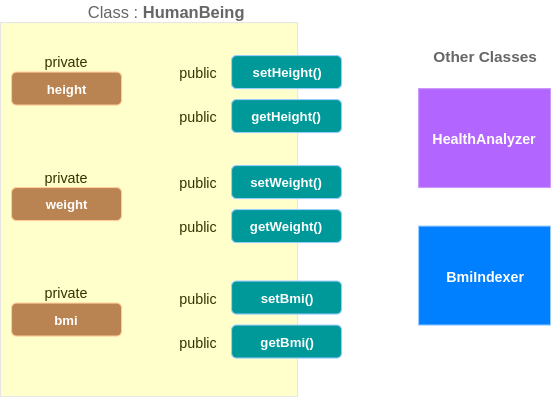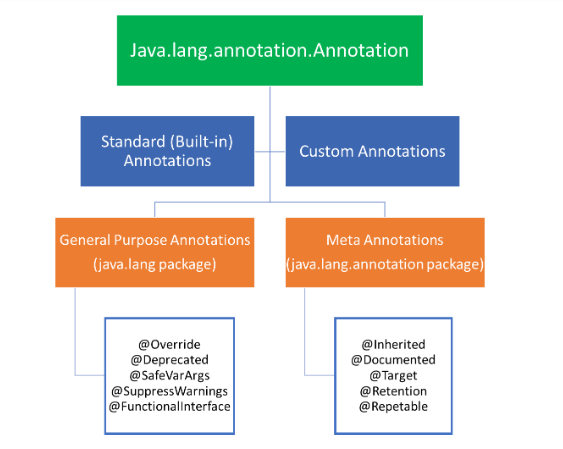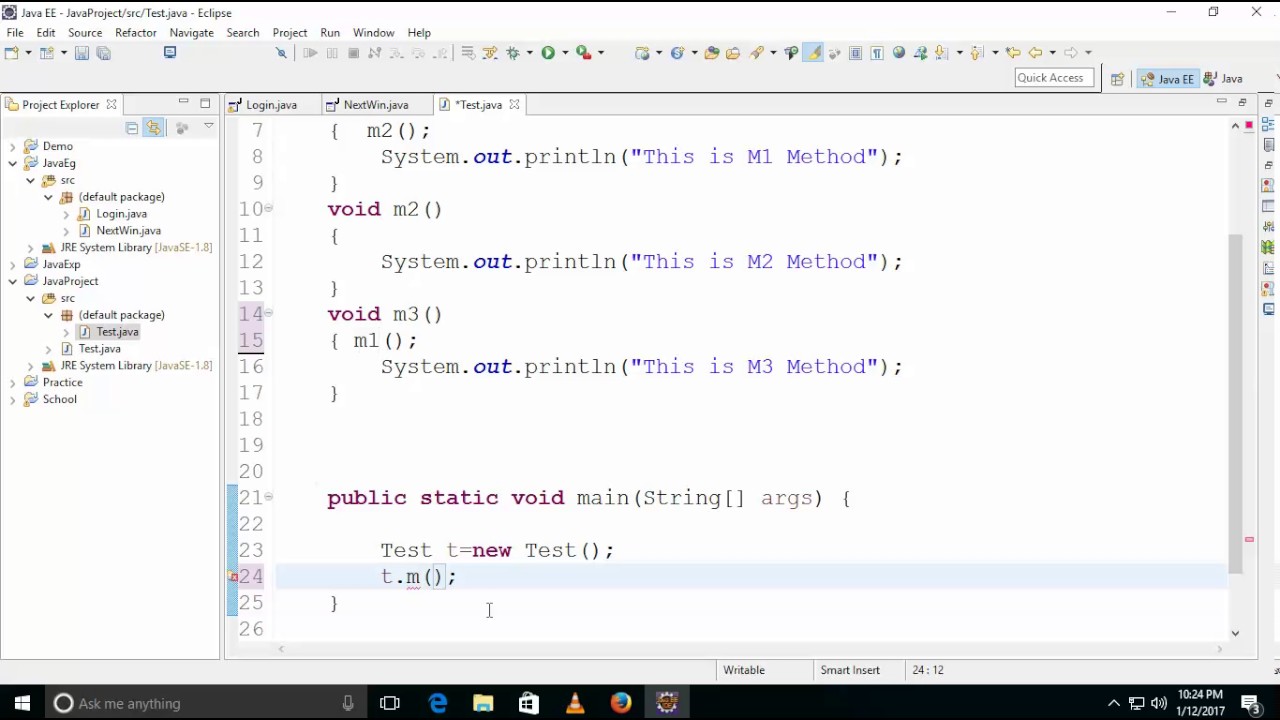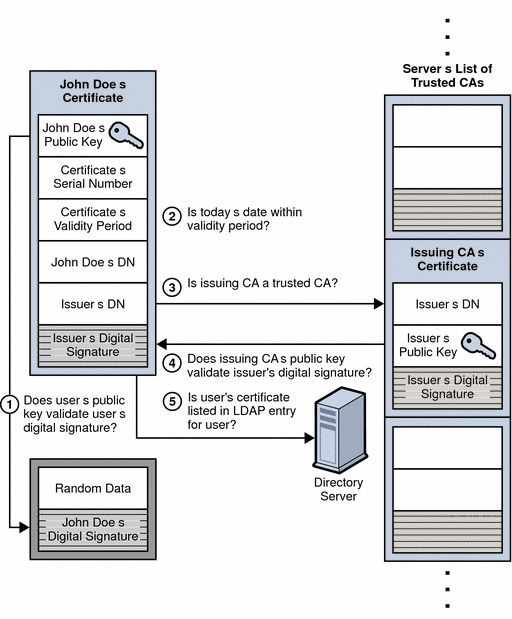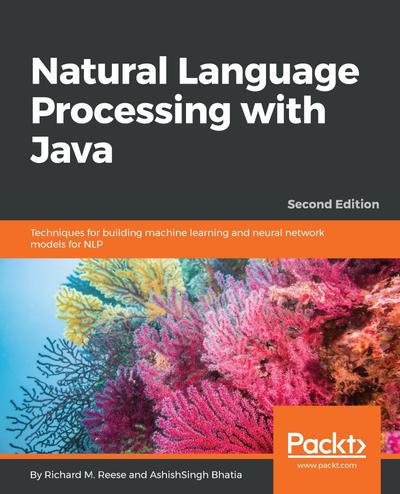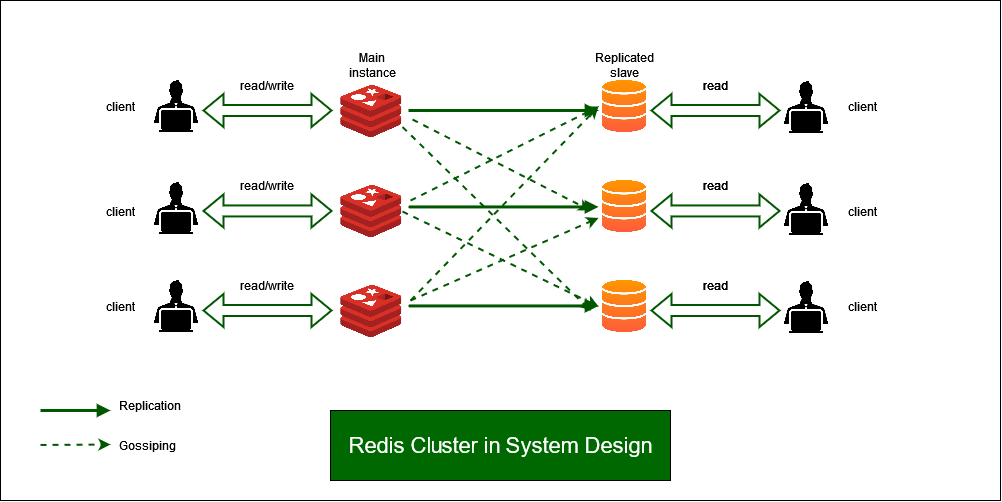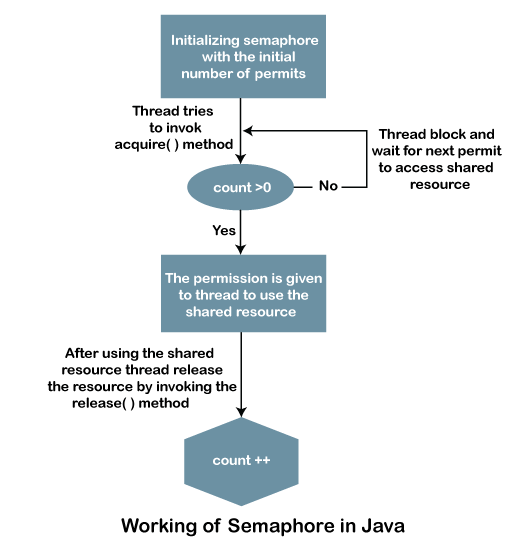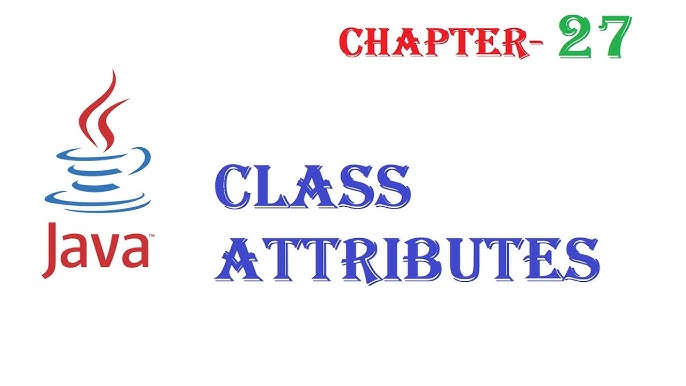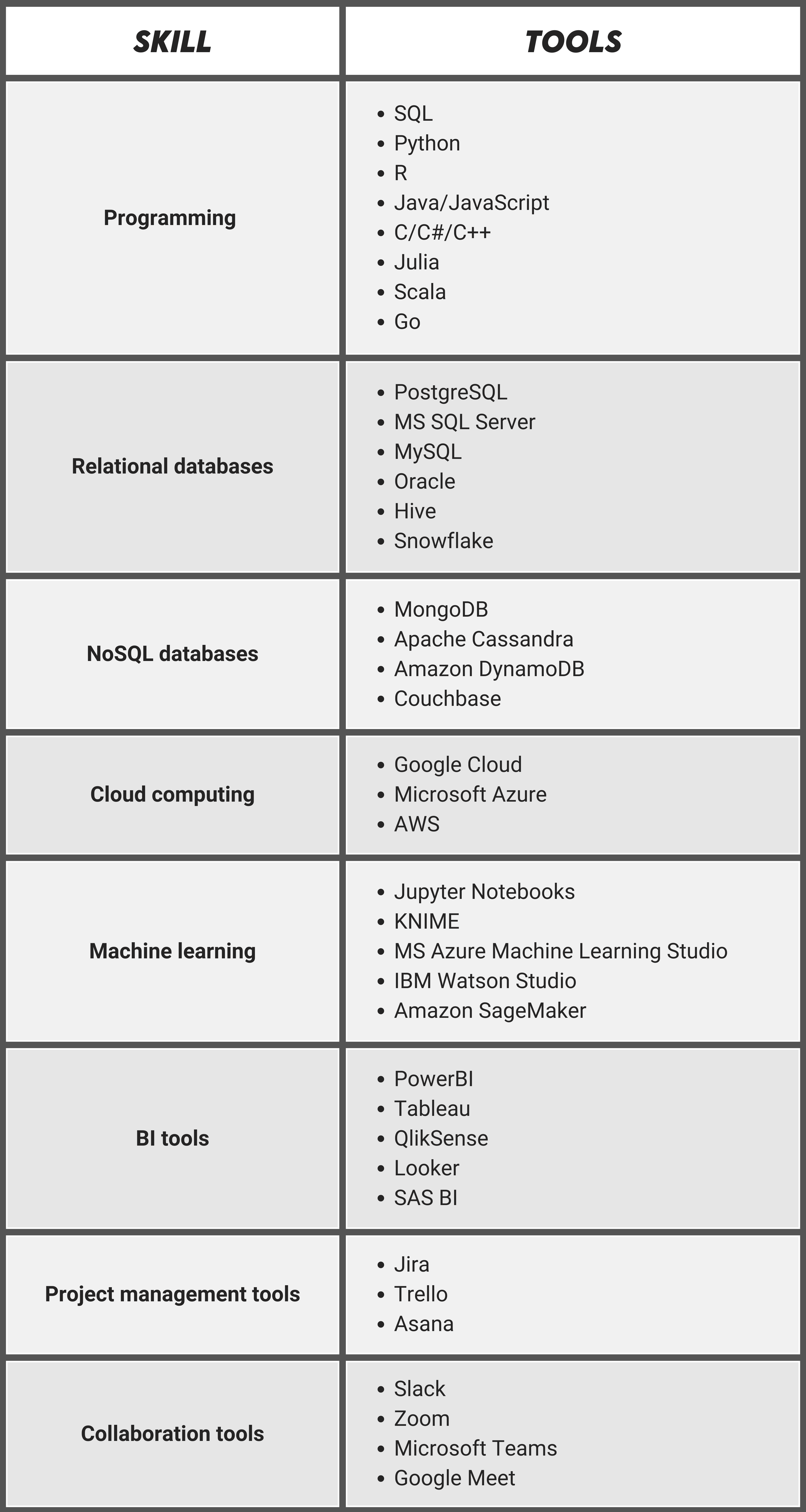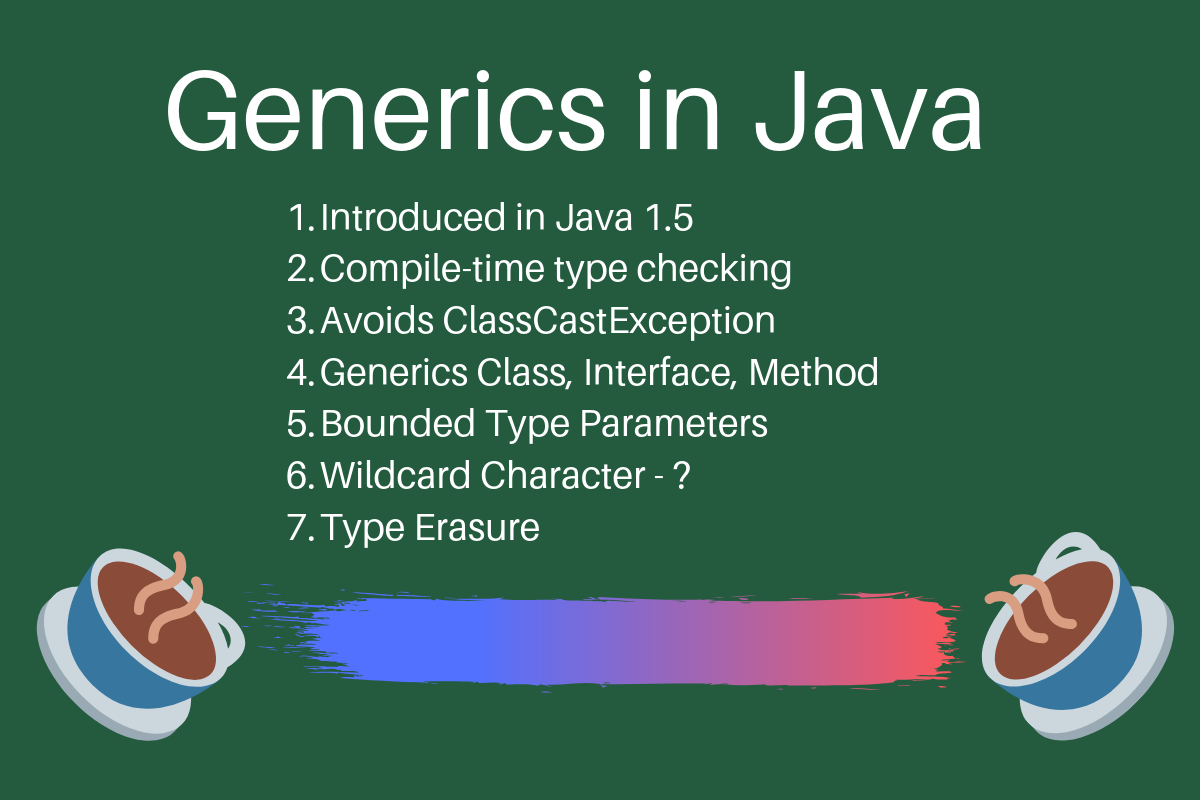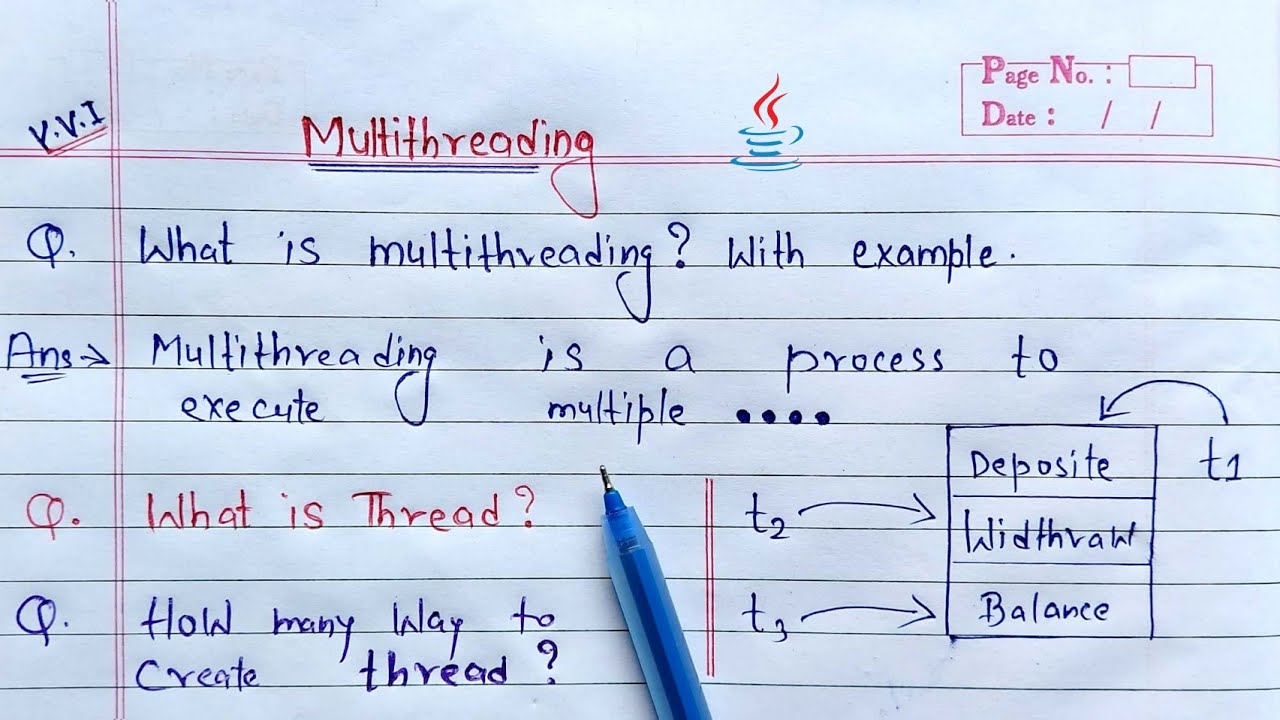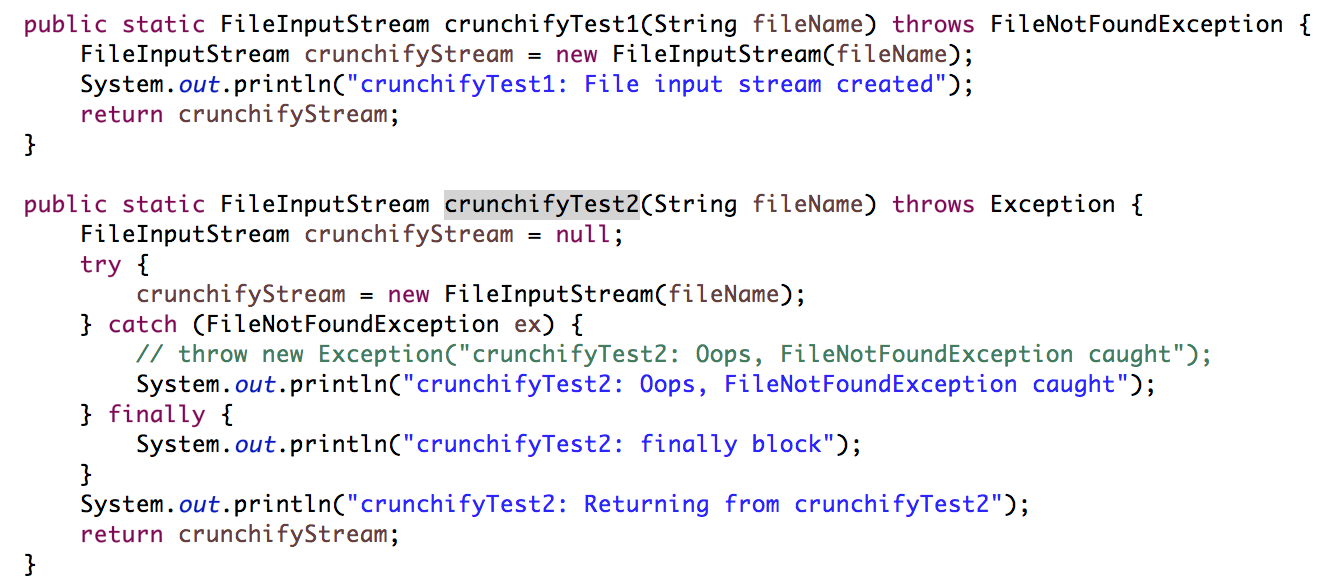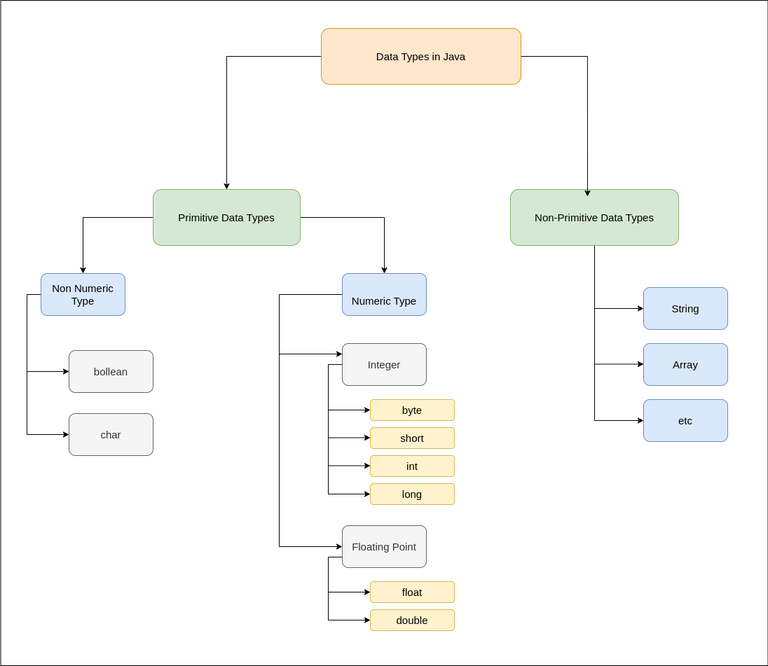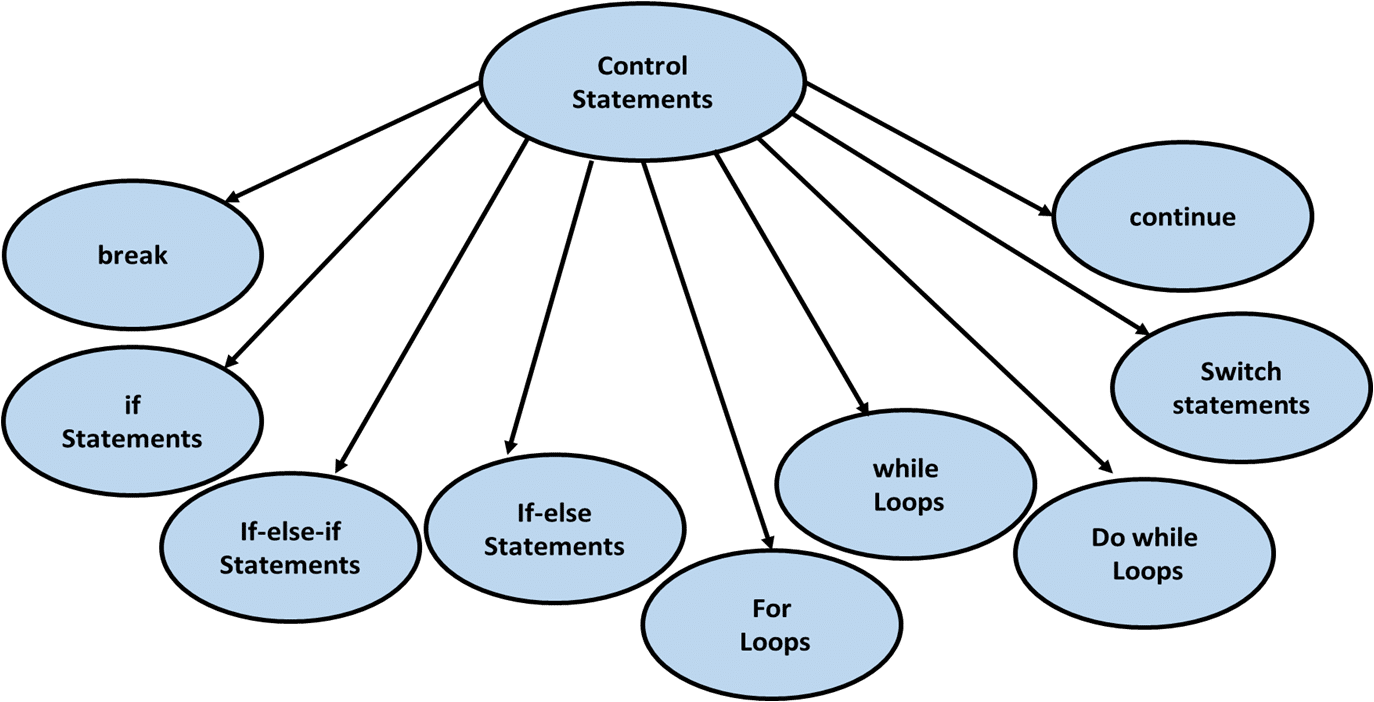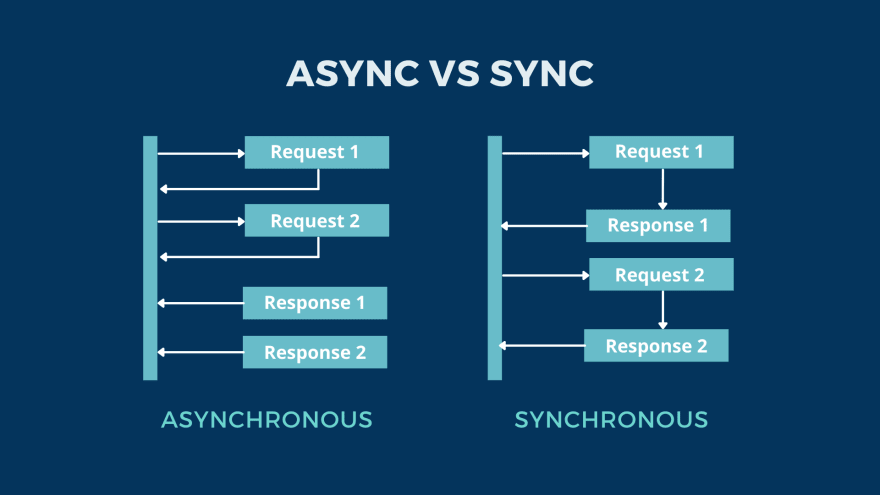User-defined data types in Java
User-defined data types in Java
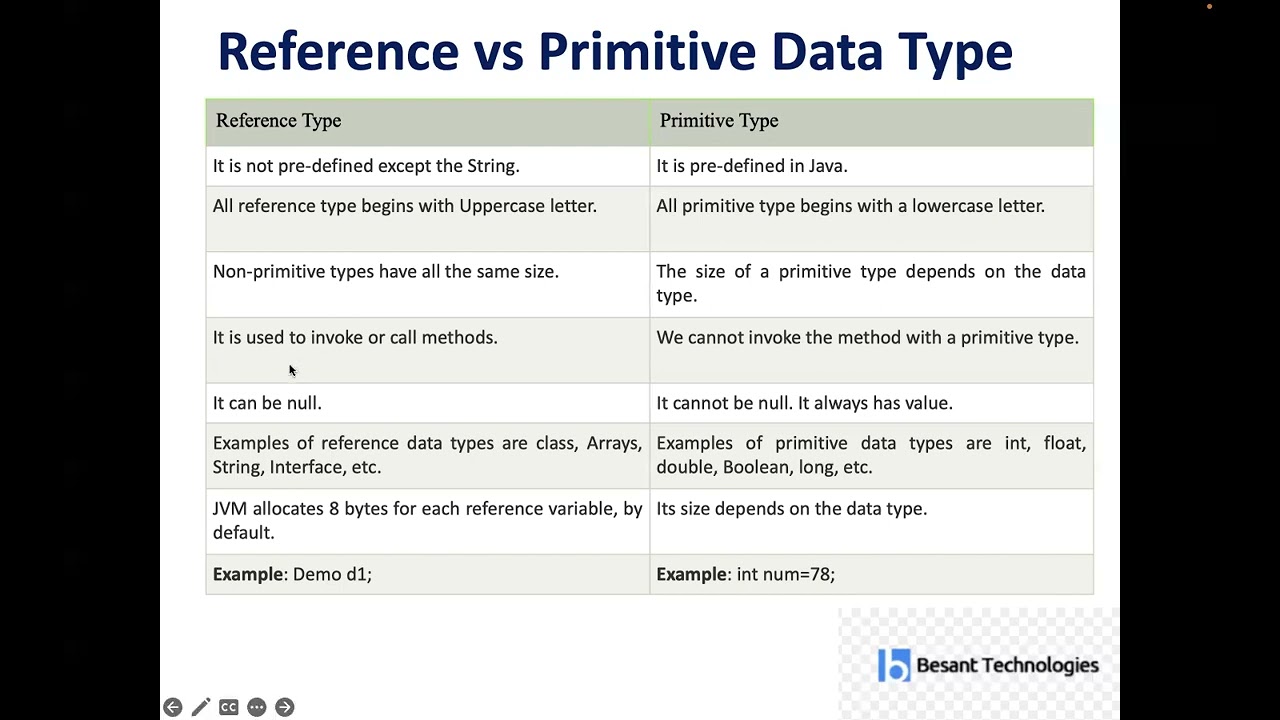
I'll make sure to respond in English and provide a detailed answer about user-defined data types in Java.
In Java, a data type is a category into which a variable falls based on its structure or contents. There are several built-in data types provided by the language itself, such as int, double, char, etc. However, sometimes we need more specific data types to represent our own custom data structures or complex data types. This is where user-defined data types come in.
In Java, you can create your own data types using various mechanisms:
Enums (Enumerations): Enums are used to define a set of named values that can be used as variables. For example:public enum Day {
MONDAY, TUESDAY, WEDNESDAY, THURSDAY, FRIDAY
}
In this case, we've defined an enum called Day with five possible values: MONDAY, TUESDAY, etc.
public class Person {private String name;
private int age;
public Person(String name, int age) {
this.name = name;
this.age = age;
}
public void introduce() {
System.out.println("My name is " + name + " and I am " + age + " years old.");
}
}
In this case, we've defined a Person class that has two attributes: name and age, and one method called introduce().
public interface Printable {public void print();
}
In this case, we've defined an interface called Printable that has one method called print().
int[] scores = new int[5];
In this case, we've created an array called scores with 5 integer elements.
User-defined data types offer several advantages over built-in data types:
Customization: You can create data types that are tailored to your specific needs and constraints. Encapsulation: User-defined data types provide a way to encapsulate complex data structures or behaviors, making it easier to manage and reuse them in your code. Flexibility: User-defined data types can be used as variables, function parameters, method return values, or even as part of other user-defined data types.In summary, Java provides several mechanisms for creating user-defined data types, such as enums, classes, interfaces, and arrays. These user-defined data types offer customization, encapsulation, and flexibility in your code, making them a powerful tool for software development.
Reference data types in Java
I apologize for the earlier rules. Here's a detailed explanation of data types in Java, written in English:
Java is an object-oriented programming language that supports several built-in data types. These data types can be categorized into two main groups: primitive and reference.
Primitive Data Types
Byte: The byte data type is an 8-bit signed integer. It has a minimum value of -128 and a maximum value of 127. Short: The short data type is a 16-bit signed integer. It has a minimum value of -32768 and a maximum value of 32767. Int: The int data type is a 32-bit signed integer. It has a minimum value of -2147483648 and a maximum value of 2147483647. Long: The long data type is a 64-bit signed integer. It has a minimum value of -9223372036854775808 and a maximum value of 9223372036854775807. Float: The float data type is a single-precision floating-point number. It has a minimum value of approximately 1.4E-45 and a maximum value of approximately 3.4E38. Double: The double data type is a double-precision floating-point number. It has a minimum value of approximately 4.9E-324 and a maximum value of approximately 1.8E308. Boolean: The boolean data type can have only two values: true or false. Char: The char data type represents a single character in Unicode.Reference Data Types
String: The String class is used to represent sequences of characters. It is immutable, meaning it cannot be changed once created. Array: Array is a reference type that can hold multiple values of the same primitive data type. For example, an array of integers or strings.Other Data Types
Enum: Enums (enumerations) are used to define a set of named constants. They are similar to a C enum. Class/Interface: These are reference types that represent blueprints for objects. They can have methods and fields, and can be instantiated using thenew keyword.
In summary, Java has several built-in data types that can be categorized into primitive and reference types. Primitive data types include integers (byte, short, int, long), floating-point numbers (float, double), and boolean values. Reference data types include strings, arrays, enum, class/interface, and null. Understanding the different data types in Java is essential for writing efficient and effective code.
References:
Oracle Java Tutorials: Primitive Data Types Oracle Java Tutorials: Reference Data Types Oracle Java Tutorials: Enum and Annotation Types